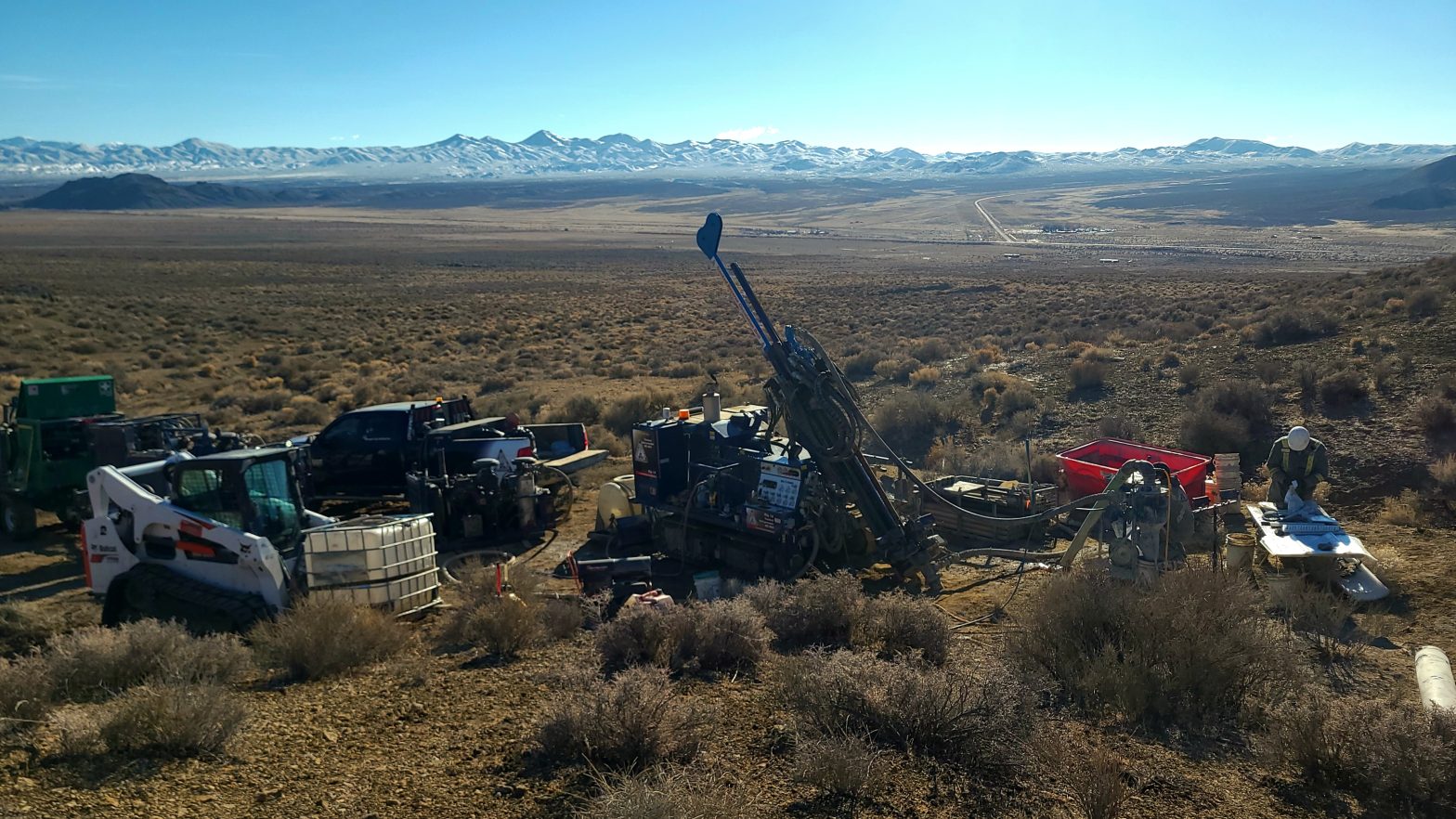Reverse Circulation (RC) drilling is adaptable to variable ground conditions and suitable for drilling through challenging geological formations such as permafrost, glacial till, and unconsolidated rock.
MSD operates truck or track mounted machines, capable of being mobilized to remote drill sites with a light helicopter. MSD offers two methods of RC drilling: the Centre Sample System, and Conventional RC, with both wet or dry sampling as available options.
Centre Sample System
The Centre Sample System uses a special centre-sample hammer with a hollow centre that allows samples into the dual wall drill pipe, directly at the face of the drill bit. This method produces an accurate and uncontaminated sample, resulting in drill cuttings that are compliant (NI 43-101, JORC) for mineral exploration worldwide.
MSD utilizes the Centre Sample System on all of our mineral exploration programs. (in the 4″ – 6″ sizes)
The centre sample hammer is available in up to a 16″ hole.
Conventional RC
Conventional is the original RC technique, with a conventional down hole hammer and an ‘interchange’, located just above the hammer with a vertical slot to allow samples into the centre of the dual wall drill pipe.
Conventional RC in most cases produces more footage per day than the Centre Sample System, with hole sizes available in ranging from 3 1/2″ up to 16″.
Large Diameter / Bulk Sampling
MSD also provides large diameter and bulk sampling RC drilling services. Recovered cuttings are NI 43-101 and JORC compliant for mineral exploration reporting.
ODEX Option
MSD can provide ODEX (Overburden Drilling Eccentric) as an option to an RC drill program. ODEX is a technique that uses casing to line a hole when passing through soil overburden before entering rock. ODEX drilling allows for drilling and casing deep holes simultaneously in most geological formations, as well as in old construction materials such as brick and concrete.
For mineral exploration drilling, MSD employs set ODEX casing at the top of each hole until bedrock is encountered. This reduces caving and helps direct the sample into the centre of the drill pipe through the use of a sealed diverter between the casing and the drill rod. Additionally, MSD uses threaded casing to speed up the process of installing and removing casing, rather than welding and cutting casing for every hole.
MSD’s air rotary drills also serve as geotechnical drills for installing ODEX casing and down hole hammering. MSD carries in stock 4″, 5″, 6″, 8″, 10″ and 12″ ODEX systems.
Additional sizes are available on request.
